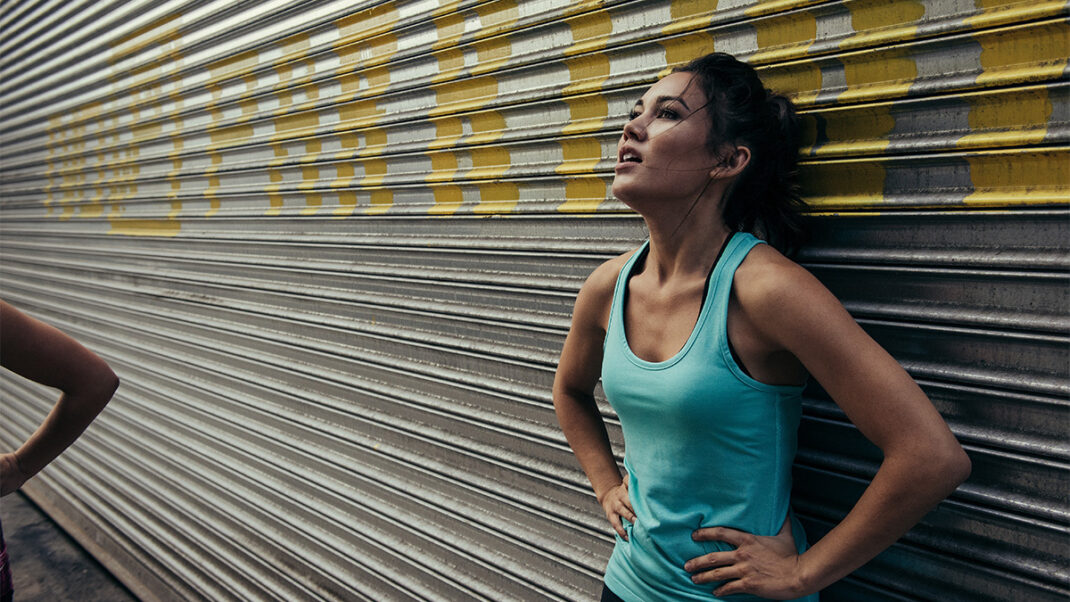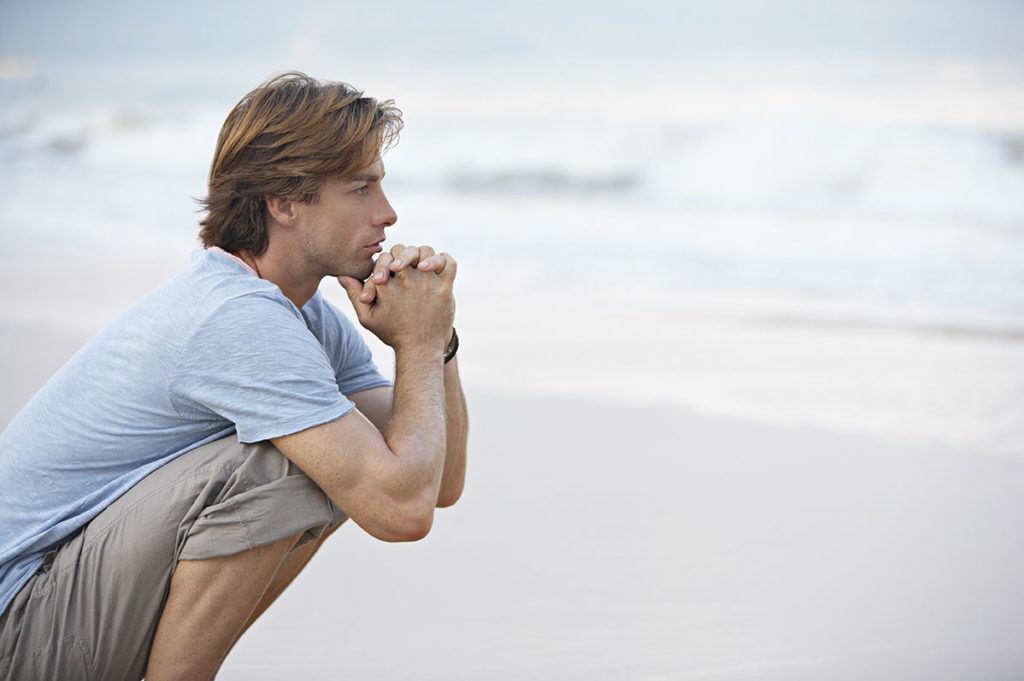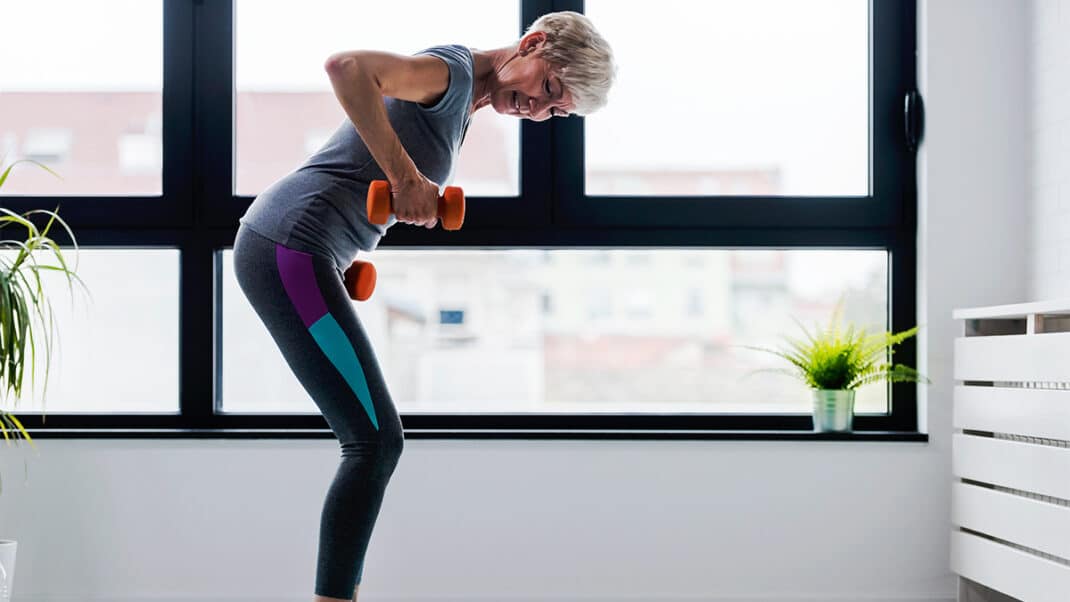Functional Strategies for Older Adults
Pilates practitioners share their viewpoints.

Creating “A-Ha” Moments
“I do a complete postural assessment that includes balance and movement patterns. I focus on functional fitness with inactive older adults, incorporating low-load exercises for joint stabilization. It’s important to work from the inside out, since most inactive adults have lost a lot of their ability to properly stabilize [their bodies].
“We watch to see if clients can stabilize the pelvis. Can they maintain proper alignment when adding dynamic movements? Assessing how a participant feels is a great way to assess the program, too. We find out if clients are feeling less pain and have more energy after sessions. I frequently ask, ‘Where are you feeling the exercises?’ during the workout, and I watch for proper body alignment. The more clients understand their bodies and movements, the more they ‘feel’ the exercises.
“Age isn’t really the issue—most of my clients have some of the same challenges. I have clients in their 20s who have pelvic-stabilization issues. Everyone has some kind of postural imbalance to work on. Even if you are working with a highly functional client, going back to the basics is never a bad idea.
“If clients are very active and have no injuries, I add in more dynamic movements and coordination, but only after they have the basics down. It’s important to assess their internal strength and whether their muscles are firing properly. For example, your low back might be strong enough to let you do a teaser, but that doesn’t mean you’re doing it correctly. I find clients have an a-ha moment when you break down the exercises and explain how they should feel when they’re doing them. Watch to make sure they’re taking their time during the parts of the exercise that count. For example, when doing a roll-over, it’s possible to swing your legs over and not even feel your abs working. If you slow clients down so they can feel when their abs need to fire to lift their hips, it’s an a-ha moment.”
—Shari Isaak, owner, Isaak Studios, Fargo, North Dakota
Using Props for Challenge and Assistance
“My top three goals for seniors are improving balance and posture, and increasing joint stability. Most of our senior programs keep clients in neutral position (supine, side-lying or standing). The best way to increase or decrease the intensity of a neutral-spine exercise is with small props. Small therapy balls, foam wedges and arcs add that extra challenge to a basic exercise, whether you’re on the reformer or on the mat. [With props,] you make the exercise new and different each time. I also use small props to offer assistance or guidance to make an exercise successful for a client who has injuries or restrictions. When working on balance, I often have clients hold onto a wooden dowel or a foam roller.
“Many of my older adults have a great fear of falling or have actually fallen and injured themselves. This fear can be extremely disabling, so a sense of security is important. It’s crucial to offer positive reinforcement and slow progressions to a balance challenge. Rushing clients and pushing them out of their comfort zones too soon can result in a huge setback.”
—Rachel Algra, owner, Firehaus Pilates, Denver
Being Equal in Our Dignity
“I approach Pilates training for older adults as I approach it for any other population, treating the client before me as a unique individual with specialized capabilities, goals and aspirations. With an older client, as with anyone else, it’s important to evaluate strengths and weaknesses. I capitalize on the strong suits and work on the weaknesses. We all have different abilities, but we are equal in our dignity.
“Let me use the example of one particular client. She is in her 70s and has Parkinson’s disease and osteoporosis. She was very athletic when she was younger, so she has great body awareness, which is half the battle. We work mostly on the cadillac, a nonmoving surface, which makes her feel more comfortable. I can always adjust the degree of an exercise’s difficulty by changing the spring tension. To help brain function, I have her work unilaterally—right, left, right, left—starting with the nondominant, or weaker, side. We follow this with the dominant side, and then work bilaterally, adjusting individual spring tension to suit her body. We do a wide selection of exercises on the cadillac, including arm springs, leg springs, cobras, baby swans and roll-downs, with limb stretches at the end.
“Because this client once slipped off the foot bar during footwork and was shaken, I limit reformer exercises to ones where she can hang on low to the ground, such as knee stretches and lunges. I also put her on the long box for hugs, side arms, teardrops or reverse chest expansion, with legs dangling and ankles crossed for more stability. If the spring motion proves bothersome, I use the long box with light weights in lieu of springs.
“The barre is great for balance and posture work because it incorporates Pilates principles in a fun way. Almost the entire Pilates mat repertoire and many of the equipment exercises can be performed at the barre. I also use the balance cushion, the half-roller and resistance bands. For some older or inactive clients, you may need to work in 15-minute or half-hour increments. Just keep in mind that every client is different and wants to be treated as an individual, regardless of age.”
—Kelley Watson, owner, Pilates Edge by Kelley, Forest Park, Illinois
How do you make sure your programs are effective, safe and fun for older adults? Let us know!





